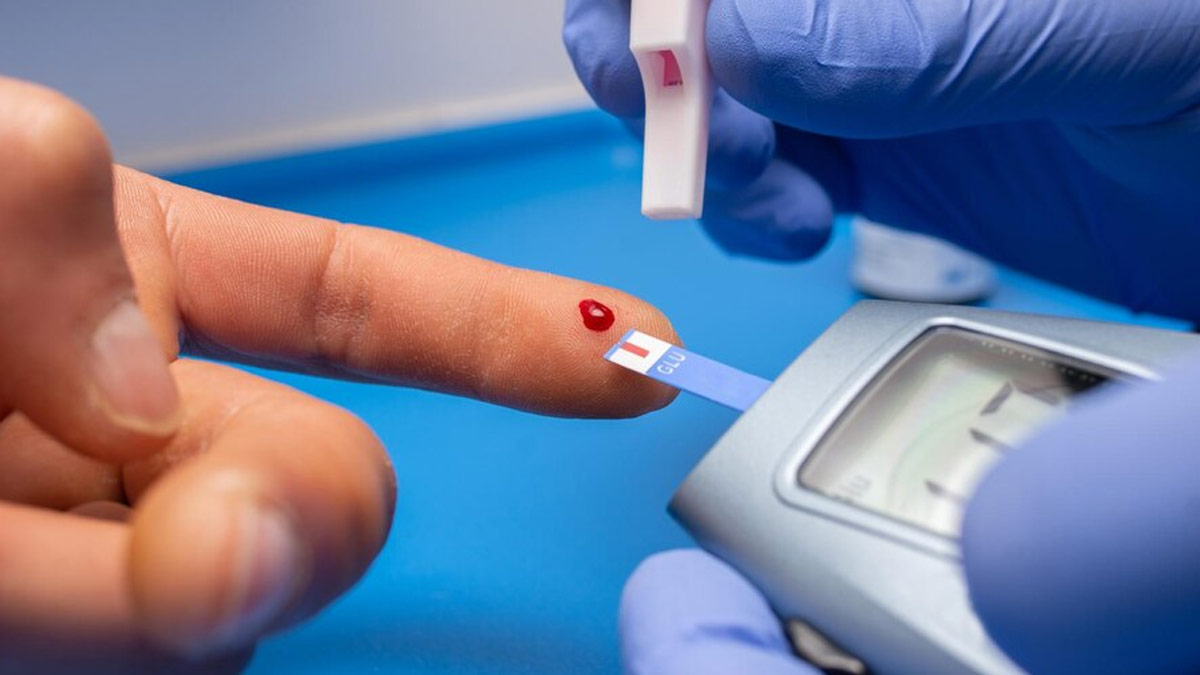
Diabetes is a chronic condition that currently affects millions of people around the world. It is an illness that can impact different organs and functions in your body. While its key characteristic is high blood sugar levels, if left untreated, it can contribute to Cardiovascular Diseases (CVDs), nerve damage, eye problems, foot changes, skin and mouth conditions, and more.
Table of Content:-
People with diabetes, especially older adults, need to be cautious of how they lead their lifestyle and, most importantly, how frequently they check their blood sugar levels. This article helps answer all your questions around blood sugar tests, their importance, how frequently you should conduct them, and when the best time is to do them at home.
Also Read: What Does An Ideal Breakfast Look Like For Diabetics: Foods To Eat And Avoid
Role Of Blood Sugar Testing

When it comes to diabetes, early diagnosis is the key to preventing "the worst effects of type 2 diabetes," according to the World Health Organization (WHO).
The health body highlights that there are about 42.2 crore people worldwide dealing with the condition, with 10.5 lakh deaths occurring each year.
Blood sugar testing plays an integral role in curbing complications and managing diabetes. It allows a person with diabetes to monitor their blood sugar levels, giving valuable insights into how their body reacts to food, exercise, and medication.
With this information, both the patient and their doctor can make informed decisions about treatment adjustments, like insulin dosage or dietary changes.
Normal fasting blood sugar levels typically range between 70 and 100 mg/dL. However, these levels may vary before and after meals.
According to Dr Rajesh Bendre, one common mistake people often make is testing inconsistently.
He says, "Fluctuating testing times can yield misleading results, hindering your ability to grasp patterns and make informed decisions about your health.”
This includes factors such as irregular meal timing, fluctuations in carbohydrate intake, varying levels of physical activity, stress, illness, medication changes, and not adhering to a consistent testing schedule.
When Is The Best Time To Check Blood Sugar Levels For Diabetes Patients?

Speaking with the OnlyMyHealth team, Dr Mahesh D M, Consultant-Endocrinology, Aster CMI Hospital, Bengaluru, recommends testing blood sugar levels multiple times daily, especially before meals, exercise, bedtime, and when experiencing symptoms of high or low blood sugar.
In the event of high blood sugar levels, a person may experience:
- Increased thirst and a dry mouth
- Frequent urination
- Extreme tiredness
- Blurred vision
- Unintentional weight loss.
- Recurrent infections
Symptoms of low blood sugar include:
- Dizziness
- Hunger
- Fast heartbeat
- Shaking and sweating
- Nervousness or anxiety
- Irritability or confusion
Also Read: How Diabetes Can Affect Different Parts Of The Body
How To Keep Blood Sugar Levels In Check

Some of the ways to control and keep your blood sugar levels in check include:
- Follow a balanced diet, which includes foods such as fruits, vegetables, whole grains, lean proteins, and healthy fats.
- Limit your intake of refined carbohydrates and sugary foods.
- Avoid overeating
- Choose foods with a low glycemic index (GI).
- Drink plenty of water throughout the day.
- Engage in regular exercise.
- Practice stress-reducing techniques such as deep breathing, meditation, and yoga.
- Aim for 7-9 hours of quality sleep per night.
If you already have diabetes, do not fall back on taking your medications on time and as prescribed by your doctor.
Stay in touch with them and consult them if there are any fluctuations in your blood sugar levels.
Also watch this video
How we keep this article up to date:
We work with experts and keep a close eye on the latest in health and wellness. Whenever there is a new research or helpful information, we update our articles with accurate and useful advice.
Current Version